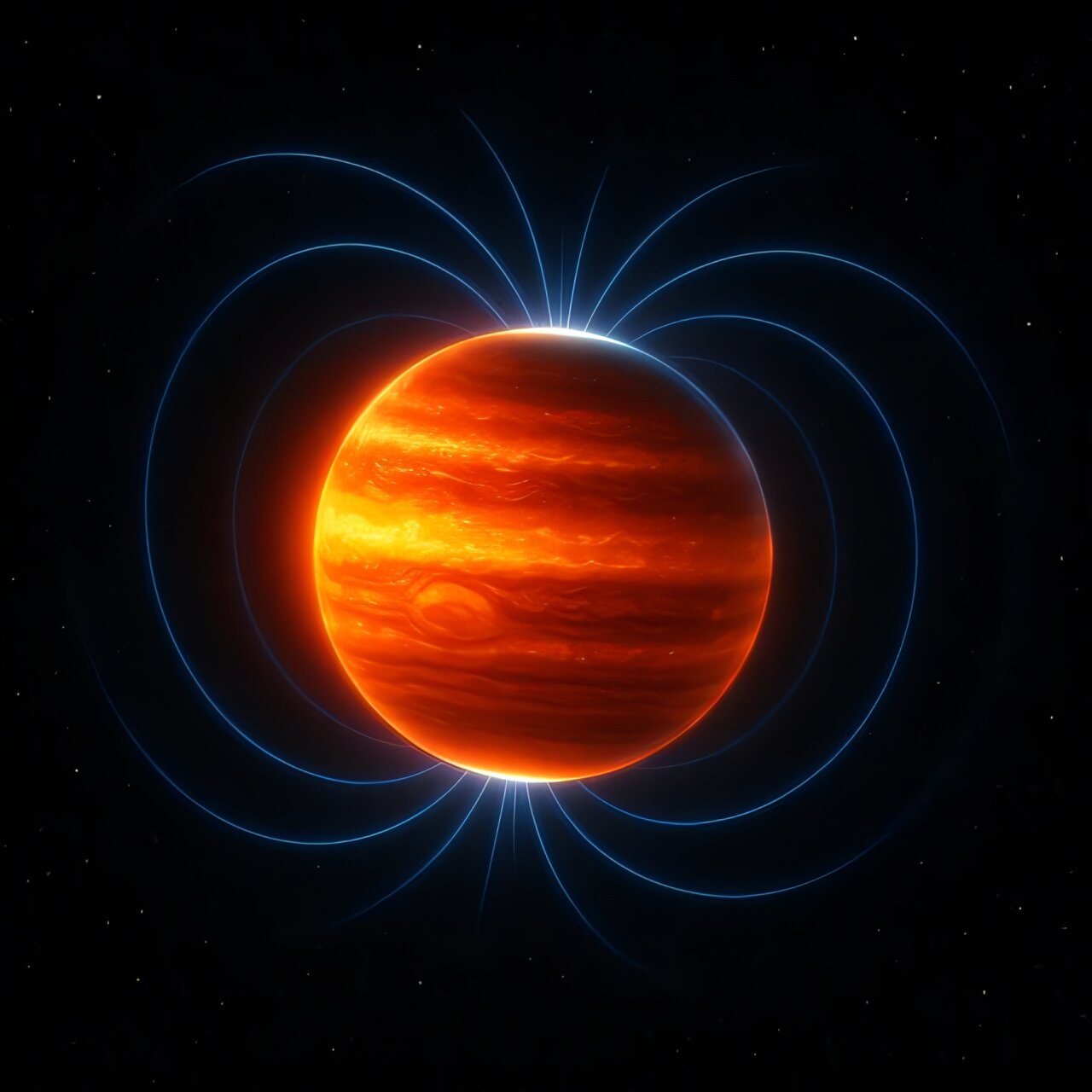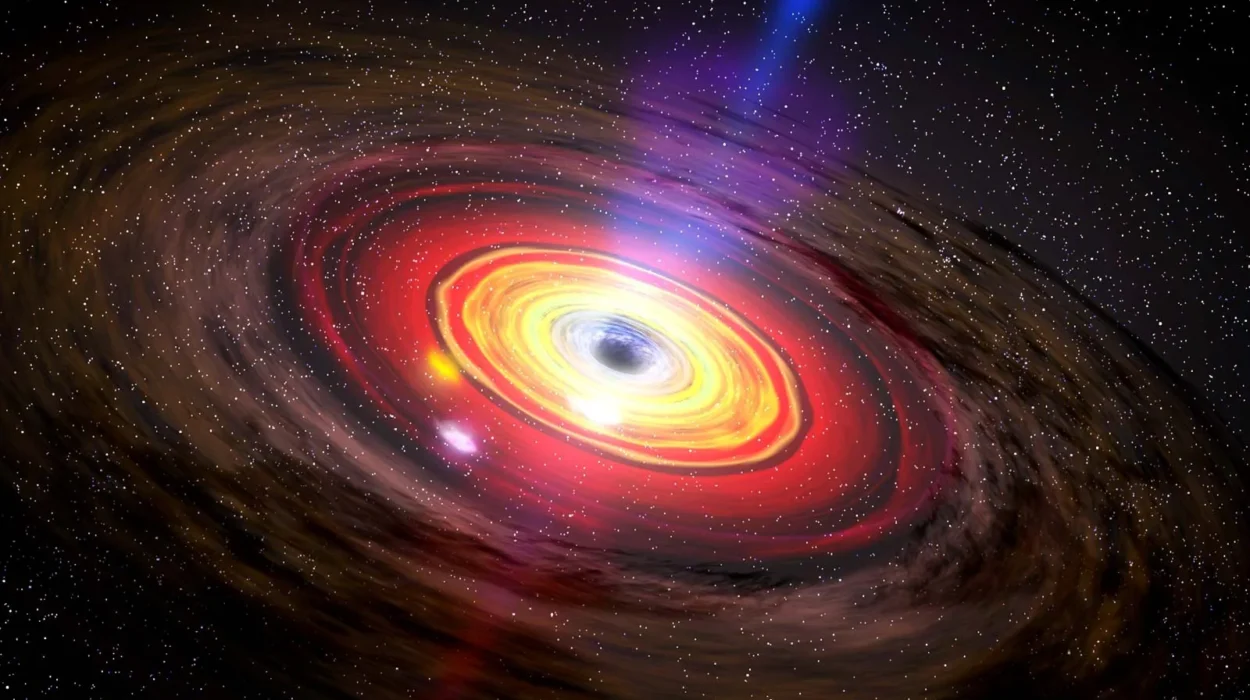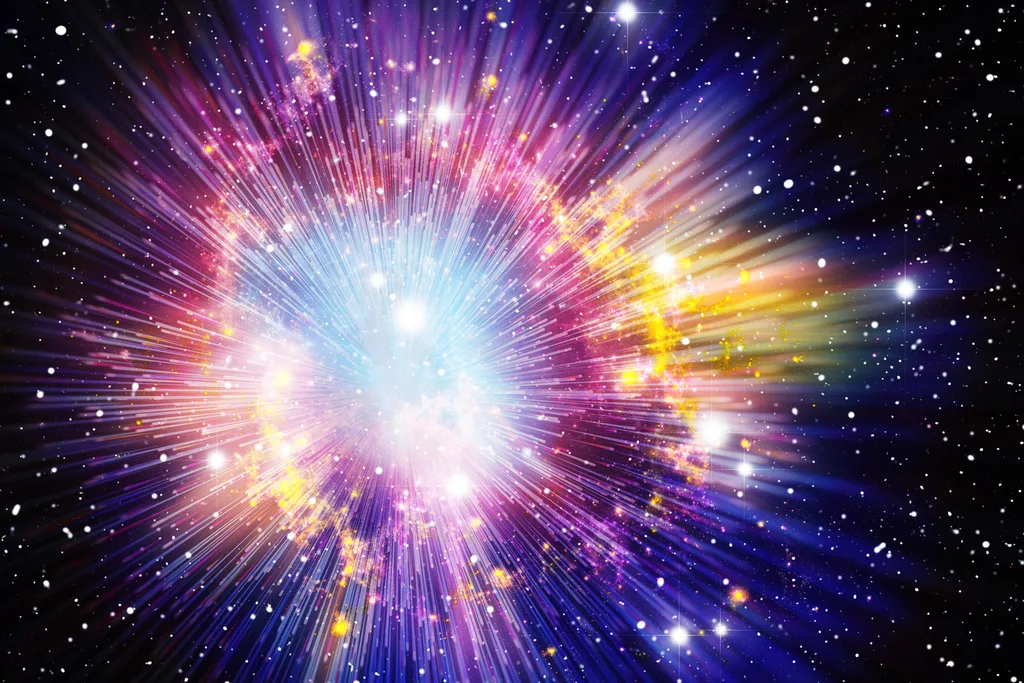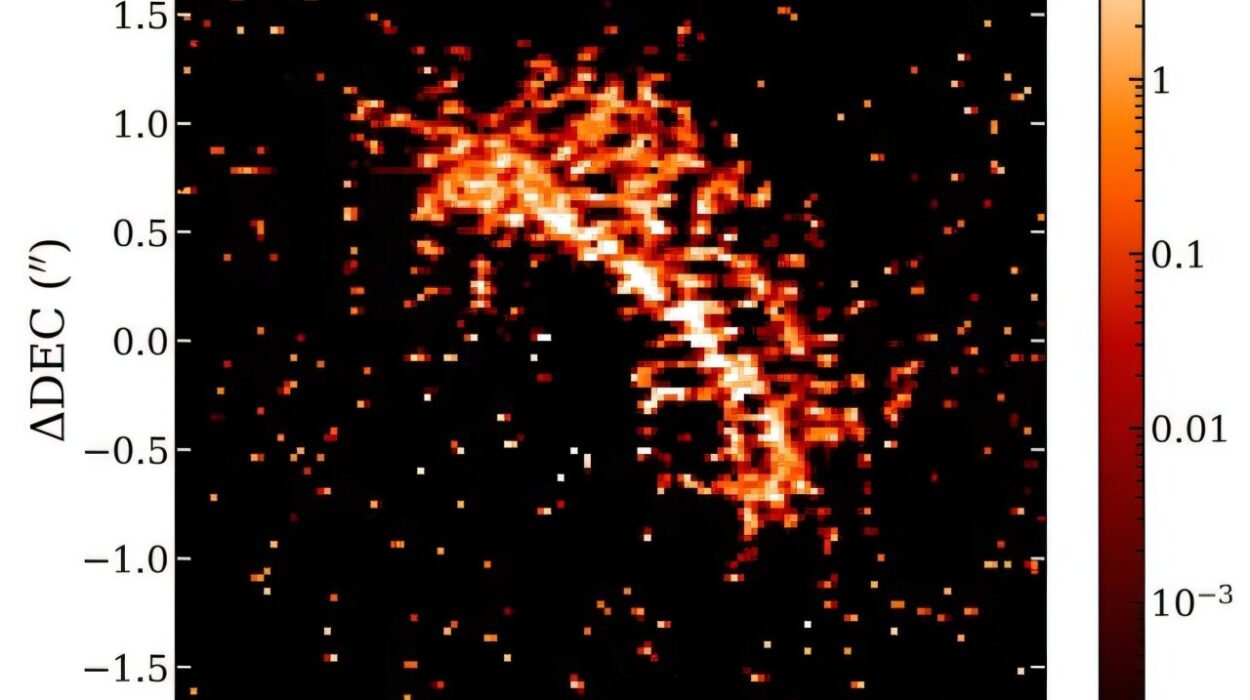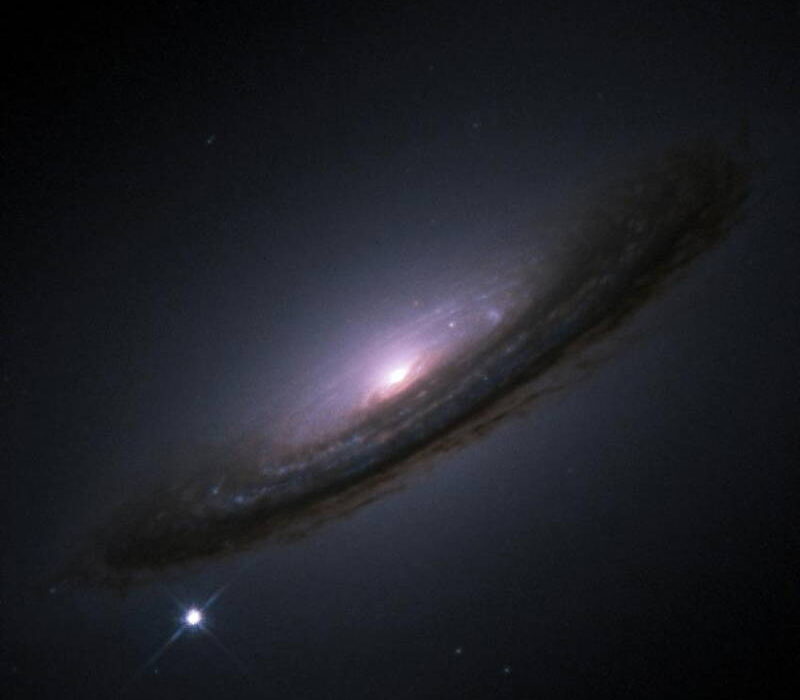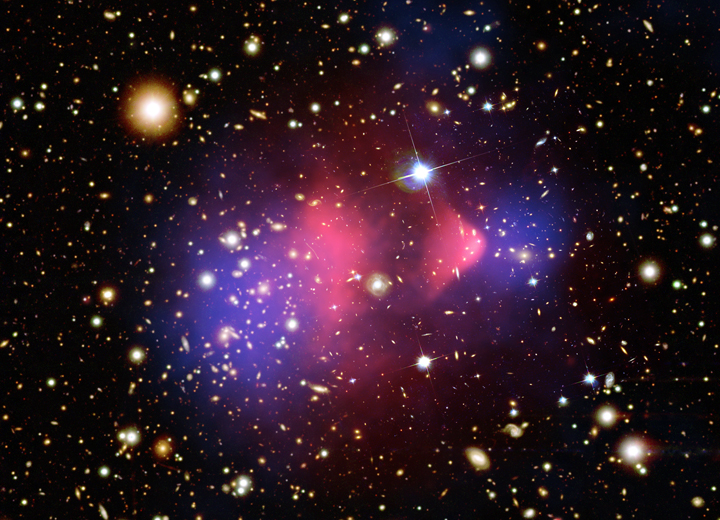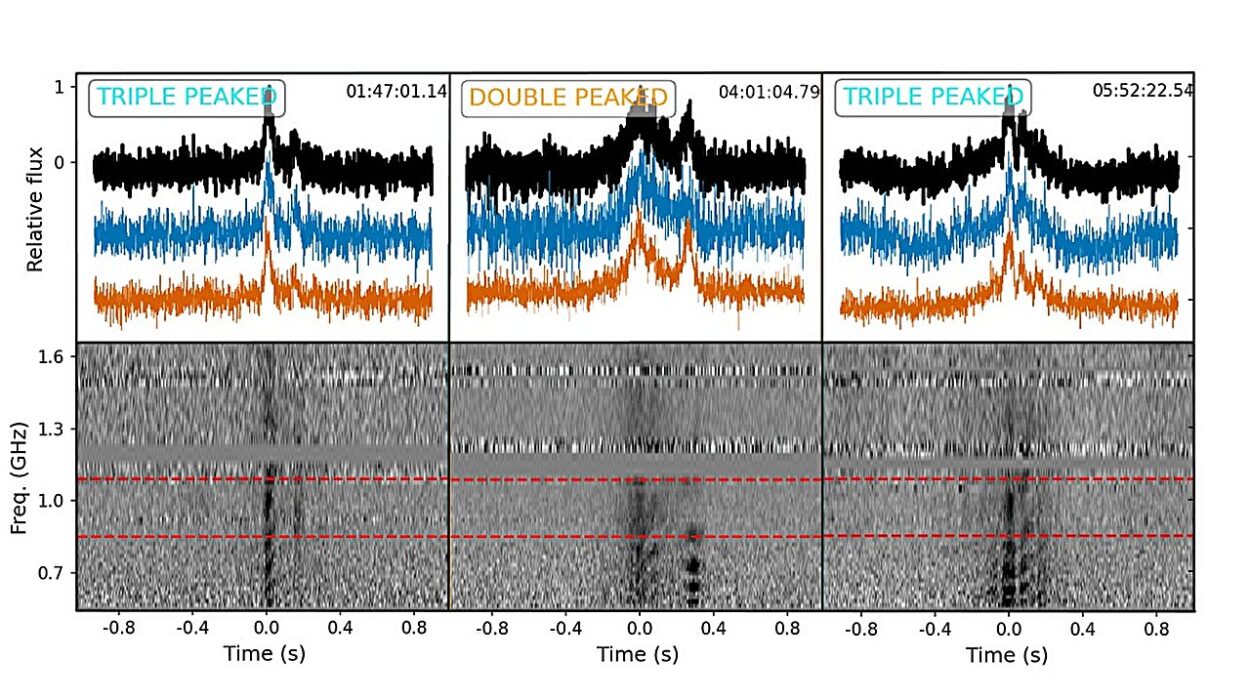Long before Earth formed its first oceans, long before Saturn donned its icy rings, and long before life flickered into being on a tiny blue planet, the solar system was a swirling, violent nursery of dust and gas. In this primordial chaos, a colossal presence was emerging—Jupiter, the first-born planet, and arguably the solar system’s grand architect.
Today, Jupiter looms as a gas giant of immense mass and influence, capable of flinging comets out of the solar system and steering planetary orbits with its gravitational might. But what was Jupiter like in its infancy? How did it shape the orbits and destinies of its planetary siblings? And what secrets does it still hold about the formation of everything from Mercury to the icy edges of the Kuiper Belt?
In a groundbreaking study published in Nature Astronomy, planetary scientist Konstantin Batygin of Caltech and theoretical astrophysicist Fred C. Adams of the University of Michigan present a bold and precise reconstruction of Jupiter’s earliest years. Drawing on the subtle clues encoded in the orbits of Jupiter’s inner moons, the researchers illuminate a time when the planet was twice its current size and wrapped in a magnetic field 50 times stronger than today’s. Their work offers more than a glimpse into Jupiter’s past—it provides a rare window into the dawn of the solar system itself.
The Protoplanetary Cradle
To understand Jupiter’s role in shaping the solar system, we must return to the very beginning—about 4.6 billion years ago. At that time, the sun was newly ignited, and the protoplanetary disk surrounding it—a dense, hot swirl of gas and dust—was teeming with building blocks of future planets. Amid this turbulent backdrop, Jupiter formed first, quickly gathering mass and momentum.
By about 3.8 million years after the formation of the first solids—tiny mineral grains known as calcium-aluminum-rich inclusions (CAIs)—Jupiter had already ballooned into a planetary giant. But it wasn’t the stately, striped sphere we see through telescopes today. According to Batygin and Adams, it was a behemoth, more than twice its current radius, still glowing with the heat of its formation and radiating a powerful magnetic field that rivaled that of some stars.
This period marked a dramatic turning point. The gas of the solar nebula, the essential material for planet building, was beginning to disperse—driven by solar winds and radiation pressure. What remained in those final moments held the key to understanding not just how Jupiter formed, but how the structure of the entire solar system was effectively locked in.
Tiny Moons, Massive Clues
Most people glance at Jupiter’s moons and think first of the four Galilean satellites: Io, Europa, Ganymede, and Callisto. These large moons have captured imaginations with their volcanic eruptions and subsurface oceans. But for Batygin and Adams, it was two far less famous moons—Amalthea and Thebe—that offered the most compelling evidence of Jupiter’s ancient form.
These small, irregular moons orbit incredibly close to the gas giant, nestled even inside the orbit of Io. What’s striking is that both Amalthea and Thebe have slight inclinations in their orbital planes—minute tilts that, on the surface, may seem insignificant. But to planetary dynamicists, these tiny deviations are fingerprints of ancient gravitational forces.
By analyzing the physics of how those orbits would have evolved in response to Jupiter’s changing size and spin over billions of years, Batygin and Adams were able to run the clock backward. Their models showed that the tilt of these moons’ orbits only makes sense if Jupiter, at the time they formed, was about twice its current radius and spinning faster than it does today.
This conclusion is stunning because it bypasses some of the biggest uncertainties in planetary science. Traditional formation models are plagued by questions about how fast a planet accreted gas, how opaque that gas was, or how large the core might be—all variables that introduce a great deal of wiggle room. But orbital dynamics and conservation laws don’t lie. They’re measurable and testable. And in this case, they painted a vivid portrait of a young, bloated, and fiercely magnetic Jupiter.
The Super-Magnetosphere
Jupiter’s modern magnetic field is already the most powerful of any planet in the solar system—strong enough to trap deadly radiation belts and produce stunning auroras at its poles. But if Batygin and Adams’ models are correct, early Jupiter had a magnetic field 50 times more intense.
What would that have meant for the early solar system? Such an immense magnetosphere would have extended tens of millions of kilometers into space, acting as a dynamic shield against solar radiation and a sculptor of nearby plasma and particles. It may have influenced the migration of planetesimals and even altered the chemistry of surrounding material, effectively insulating Jupiter’s moons from external cosmic conditions.
These early magnetic conditions also offer a compelling avenue for explaining the current tilt and temperature distributions on some of Jupiter’s satellites. With such an aggressive magnetic footprint, early Jupiter could have induced electrical currents and heating in its nearby moons, contributing to internal processes that shaped their geology.
A Solar System Designed by Gravity
Why does Jupiter matter so much to the rest of us? Because it didn’t just form—it acted. From its earliest days, Jupiter was gravitationally active, and its immense mass quickly became a dominant force in the infant solar system.
Models of planetary migration suggest that Jupiter may have moved inward and outward during its youth, possibly disturbing the formation of Mars, ejecting planetary embryos, and carving gaps in the asteroid belt. Some researchers propose that without Jupiter’s early intervention, Earth might have grown larger—or might never have existed at all.
By the time the gas of the protoplanetary disk had dissipated—roughly 3 to 5 million years after the sun’s birth—Jupiter had already sculpted the lanes of travel for the remaining planets. Saturn, Uranus, and Neptune were likely still forming in Jupiter’s wake, influenced by its gravitational blueprint. The orbital paths we see today are not random; they are legacies of early Jupiter’s gravitational fingerprint.
Reconstructing a Lost Era
The genius of Batygin and Adams’ approach lies in how they side-stepped the traditional fog of formation theory. Rather than trying to simulate every step of Jupiter’s assembly from first principles—a nearly impossible task given the range of unknowns—they focused instead on what could be measured: the inclinations of moons, the conservation of angular momentum, and the physics of tidal evolution.
This strategy yielded something rare in planetary science: a definitive benchmark. A single moment in deep time, around 3.8 million years after the solar system’s birth, when Jupiter’s characteristics can be inferred with surprising precision.
Knowing Jupiter’s radius, spin rate, and magnetic strength at that time gives planetary scientists something tangible—a target against which to test and refine theories of gas giant formation, not just for our solar system but for exoplanetary systems as well.
The Broader Implications for Planetary Science
What’s most exciting about this study is not just what it tells us about Jupiter, but what it implies about giant planet formation more generally. Core accretion—the dominant theory for how gas giants form—suggests that a solid core forms first and then rapidly pulls in surrounding gas. But this process is still riddled with uncertainties, especially in the final phases when the gas envelope swells and contracts.
By providing concrete constraints on Jupiter’s early size and magnetic intensity, Batygin and Adams have anchored these models in something real. They’ve allowed theorists to move beyond assumptions and fine-tune simulations of gas accretion and planetary cooling.
Moreover, the methodology could be extended. Other gas giants in our solar system—Saturn, Uranus, Neptune—have complex satellite systems that may retain similar dynamical imprints. With enough observational data and refined models, we could reconstruct the primordial lives of other planets too.
Jupiter as the Timekeeper of Our Origins
The ultimate question of planetary science is not simply how planets form, but how life-bearing worlds emerge from the chaos of star birth. Jupiter, by virtue of its mass, its timing, and its magnetic field, was instrumental in setting the stage for Earth’s formation and stability.
By controlling the inflow of material, preventing inward migration of dangerous planetesimals, and regulating the structure of the protoplanetary disk, Jupiter quite literally cleared a path for Earth’s habitability. In this sense, understanding Jupiter’s early evolution isn’t just academic—it’s existential. It’s about understanding the conditions that made our world possible.
Conclusion: A Benchmark for Cosmic Origins
What Batygin and Adams have delivered is more than a study of Jupiter—it’s a Rosetta Stone for planetary formation. By reading the faint tilts of tiny moons and the echoes of a vanished magnetic storm, they’ve brought us closer to decoding the story of our solar system’s birth.
Their work is a reminder that even 4.5 billion years later, the solar system still whispers its secrets to those who know how to listen. In the inclinations of moons, in the spin of a gas giant, in the conserved momentum of a distant past—we find not only science, but origin. We find ourselves.
As Batygin puts it, “What we’ve established here is a valuable benchmark. A point from which we can more confidently reconstruct the evolution of our solar system.” From that benchmark, the path to understanding our place in the cosmos grows just a little clearer.
Reference: Konstantin Batygin et al, Determination of Jupiter’s primordial physical state, Nature Astronomy (2025). DOI: 10.1038/s41550-025-02512-y
